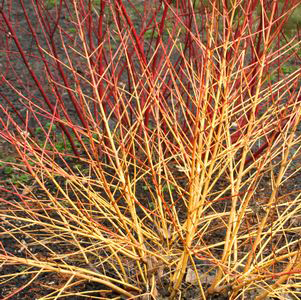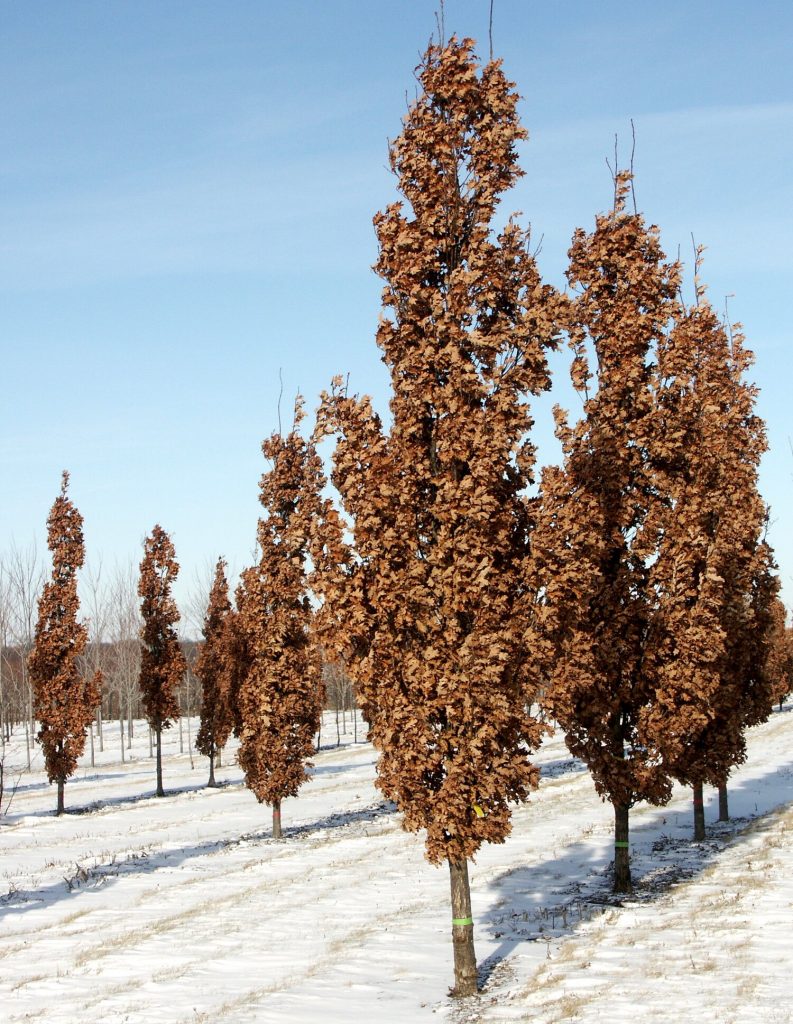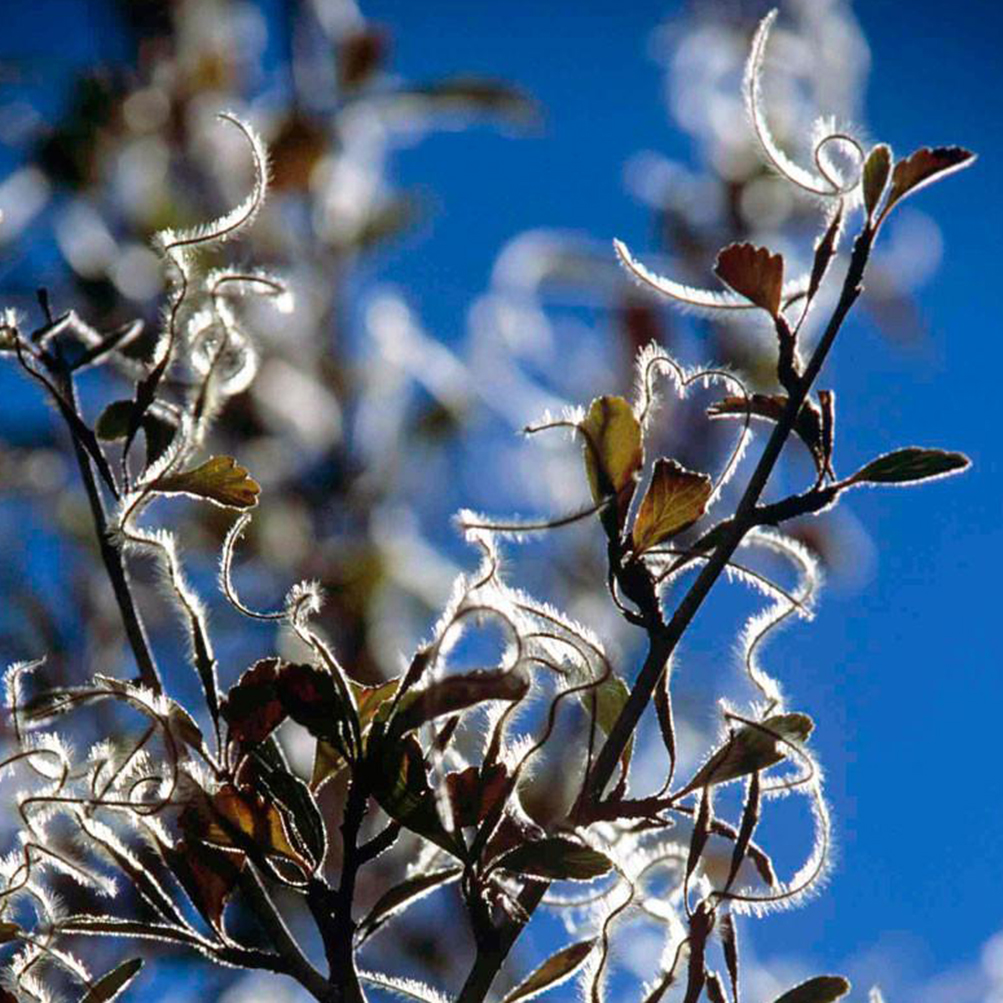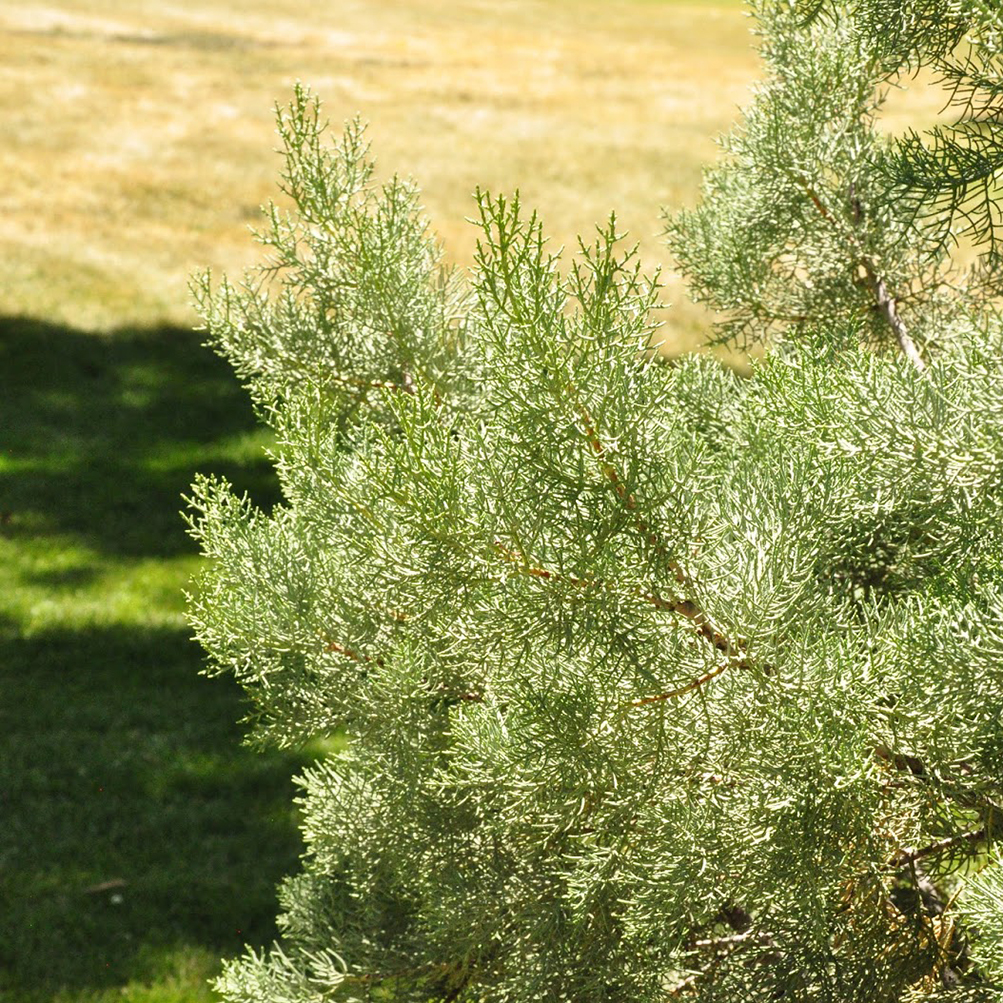The Winter Blues…and Greens and Yellows and…
- 2021-01-07
- By mkirk
- Posted in The Garden Buzz
By Donnetta Wilhelm, Colorado Master Gardener
Psychology Today reports that moods are affected by what is absorbed through the five senses. Sight, sound, touch, taste, and smell are processed both neurobiologically and emotionally. Those who are prone to the winter blue moods or the more serious seasonal affective disorder (SAD), take heart. During the winter months, Colorado is a wonderful place to get outside. Take a daily ‘light break’ to visit the landscape and elevate your mood by pleasing the five senses to help chase away those winter blues.
SIGHT
Winter doesn’t have to be bland. Admire the colors and shapes that stand out. Arctic Sun Dogwood (Cornus stolonifera ‘Cato’) has stunning red, orange, and yellow branching while Harry Lauder’s Walking Stick (Corylus avellana ‘Contorta’) with twisted growth habit is a beautiful sight in the winter landscape. Peking Lilac (Syringa pekinensis) shows off exfoliated reddish-brown bark, and don’t forget the weeping evergreens that accent the landscape with graceful beauty.

SOUND
At first listen, the sounds of winter seem boring. But step outside and hear the welcome sound of crunching snow underfoot. Listen closely to the rustling plumes of ornamental grasses. Breezes whisper through the foliage of marcescent trees like oak, beech and hornbeam. Crimson Spire Oak (Quercus robur x Q. alba ‘Crimschmidt’) retains its leaves until spring. Sounds can also be heard coming from evergreen and deciduous shrubs where birds flutter about in search of berries and seeds.

TOUCH
Feel the crunch of dried seed heads on perennials, the softness of fleshy succulent leaves, or the rough scales of pinecones. Touch a variety of tree and shrub bark textures like the warty bark on Hackberry (Celtis occidentalis), the shredding bark on Beautybush (Kolkwitzia amabilis), and the flaky bark of Smoketree (Cotinus coggygria). Who can resist the feel of the soft needles of evergreens like Southwestern White Pine (Pinus strobiformis), White Fir (Abies concolor) or Yews (Taxus)? Caress the odd-shaped, fuzzy seeds that cover the winter stems of Mountain mahogany (Cercocarpus).

TASTE
What does winter taste like? Canning or freezing delicious produce such as tomatoes, carrots, corn, peppers, and pickles can become favorite winter flavors. Root vegetables such as carrots, beets, turnips, rutabagas, and parsnips that are removed from the ground in late fall will remain fresh with proper storage; think root vegetable risotto on a cold winter evening. Garlic stored from the July harvest and herbs grown indoors provide mouthwatering flavor. Many recipes transform edible parts of landscape plants into a myriad of teas and soups. Preparing salsas, sauces, and relishes from vegetables, and butters, jams, jellies, and marmalades from fruits can result in a delicious taste of winter.
SMELL
Science has proven that noses are not as sensitive to smells in the winter as odor molecules move slower in colder weather. Besides winter’s chimney smoke, there are wonderful scents in the landscape. Evergreens such as firs (Abies), pines (Pinus), cedars (Cedras), junipers (Juniperus) and cypress (such as Cupressus arizonica ‘Cooke Peak’) release an aroma when the foliage is touched. Persistent berries on many shrubs or crabapple trees are fragrant, so gently remove berries from the branches and enjoy the fruity scents. Mojave sage (Salvia mohavensis) and Jerusalem sage (Phlomis fruticosa) are not only ornamental in the winter, but still maintain that strong scent enjoyed during the growing season. Perennial herbs with outdoor hardiness (lavender, creeping thyme, oregano) are also sure to stimulate the sense of smell.

Find plants in the landscape that delight the five senses than can improve the winter blues. If it is difficult to find something, make a plan to plant something next spring that will provide a mood boost next winter.
Horticulture Resources
- Garden Buzz Archives
- CSU Extension Resources
- Colorado Master Gardener Program
- Foothills to Plains Native Plant Master Program
- Native Bee Watch Community Science Program
- The Co-Hort Blog
- PlantTalk Colorado
- Soil Testing
- Plant Select
- Emerald Ash Borer
- Japanese Beetle
- Colorado State Forest Service
- Ask an Expert


